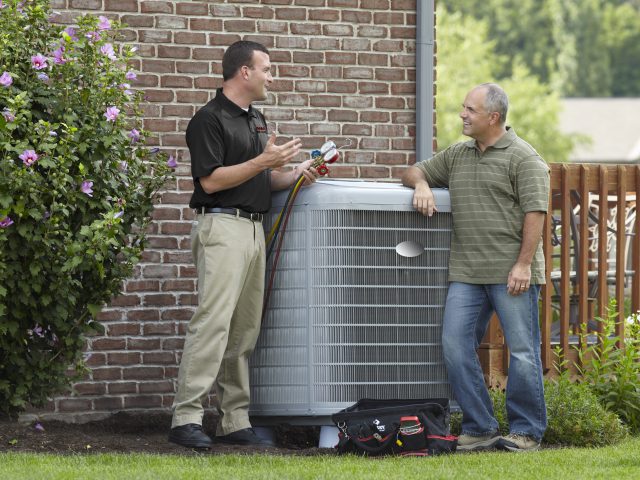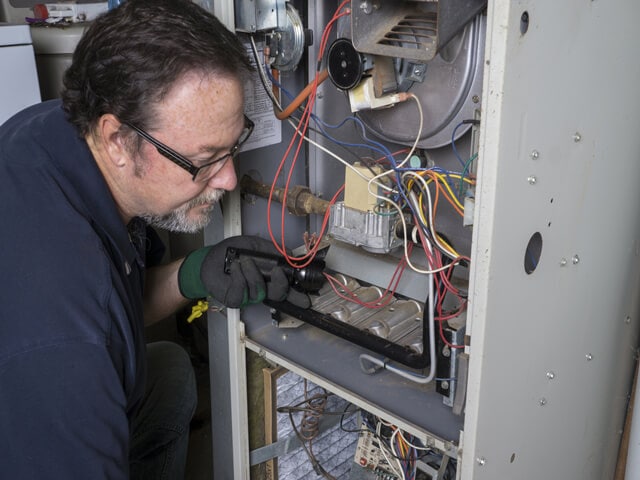
Many homeowners treat their heating systems with a sort-of “beast in the cellar” perspective. This is definitely easy to understand thinking about the fundamental asset a heating system produces. Fire! This is not to be puzzled with the “fire” one enjoys in the backyard or in allows state a bbq where the fire is typically contained within a ring or monitored while it melts, but this is a fire inside our residences; burning most often while we deal with our day-to-day motions completely unaware of its numerous phases of the procedure.
Clearly, this needs to bring a healthy and balanced regard to the subject of furnace security but we should likewise beware not to exaggerate our worries worrying this mysterious participant in our house. Furnaces when effectively serviced execute their lots of jobs with an exceptional safety and security document; nevertheless, according to the united state Fire Administration * about 55,000 household home heating fires occur yearly.
The agency likewise specified that “Most of these fires can be protected against via appropriate maintenance as well as appropriate use of home heating devices.” So it seems the safest approach to this various other participants of the house might just be to get to know it much better.
How does a high-effectiveness heating system work as well as what are its significant elements? We will start by listing the standard components of a high-performance (or condensing) heater as well as defining their component in managing the “fire”.
Warmth Exchanger
In a high-effectiveness heater, there go at least two warmth exchangers: A key and a second heat exchanger. These elements are similar to the backyard fire ring used to include timber, coal, and fires. The warm exchanger resembles a steel pipeline with both ends open. Fires enter the steel container (heat exchanger) on one side and exhaust via the opposite.
The exhaust on the outlet side of a high-performance heat exchanger is expelled (vented) by a product called PVC piping. The main function of the warmth exchanger is rather user-friendly to its name. It exchanges warmth from the burning (burning gas) to the surrounding air that strikes over it from inside your house.

The vital point to keep in mind regarding a heat exchanger is that its key feature is to maintain the exhaust fumes separate from the inside air of your home during the combustion procedure. When warmth exchangers crack they no longer execute this function and need to be changed.
Automatic Gas Valve
Automatic gas shutoffs are devices within furnaces that instantly open or close as well as allow raw (unburned) all-natural or lp gas into the heat exchanger. When the thermostat sends out a signal to the heater for a warmth cycle and all safety and security problems within the heating system are fulfilled, the automatic gas shutoff opens and also enables gas to flow. This gas streams right into a gadget called a “burner” where it is fired up as well as sent out to the warmth exchanger.
Pressure Buttons
These are security gadgets that constantly monitor the interior pressure of the combustion location. If there were trouble with the air vent pipe, vent fan, or warm exchanger the stress switch is one element that ultimately shuts down power to the automated gas valve. Hopefully, this article has helped you with some advice on furnace and air conditioning repair and installation.



